Cow Parsnip
Poisonous to the touch.
- Carrot or Parsley (Apiaceae family):
- Heracleum sphondylium ssp. montanum (Schleich. ex Gaudin) Briq.
- EPPO code:
- HERMA
- Other names:
- Pushki, common cow parsnip
Species information
- Lifecycle:
- Mostly biennial, sometimes perennial.
- Propagation:
- Reproduces by seed.
- Emergence:
- Cow parsnip seedlings mostly germinate in May and June, but they can germinate later in the summer and into the fall.
- Habitat:
- Cow parsnip grows throughout Ontario along the edge of moist areas and in meadows.
- Competitiveness:
- Cow parsnip is rarely found in field crops and is probably not very competitive.
- Toxicity:
- This plant contains the same type of sap that is in giant hogweed which is light activated and causes phytophotodermatitis (skin irritation). If your skin comes into contact with the sap, get out of the sun immediately and wash with soap and water.
Identification clues
Leaves
- Cotyledons:
- Oblong
- First true leaves:
- Cow parsnip grows a rosette in its first year. The first true leaf is broad, has three lobes and small teeth at the margin.
- Mature leaves:
- The leaves of cow parsnip are divided into three segments and appear similar to a maple leaf or an open palm with fingers outstretched. Basal leaves grow on long stalks (up to 1 m high), and are divided into three broad leaflets that are deeply lobed and toothed. The leaves have veins that run to the end of the leaf tips. Stem leaves are similar, only smaller.
Mature plant
- Stem:
- The stem of cow parsnip is hollow and wooly looking with deep ridges. It can grow 1.5–2.5 m in height.
- Flowers:
- Its flowering head is large (up to 20 cm across) and umbrella shaped. Individual flowers, which bloom from June to September, are white and have five petals.
- Roots:
- Cow parsnip produces a fleshy taproot in its first year.
Often mistaken for
I know it's not Spotted water hemlock because cow parsnip is usually taller, thicker and can be “wooly” in appearance compared to spotted water hemlock.
I know it's not Giant hogweed because giant hogweed has larger flowers and is a much larger plant growing to a height of 4.5 m tall.
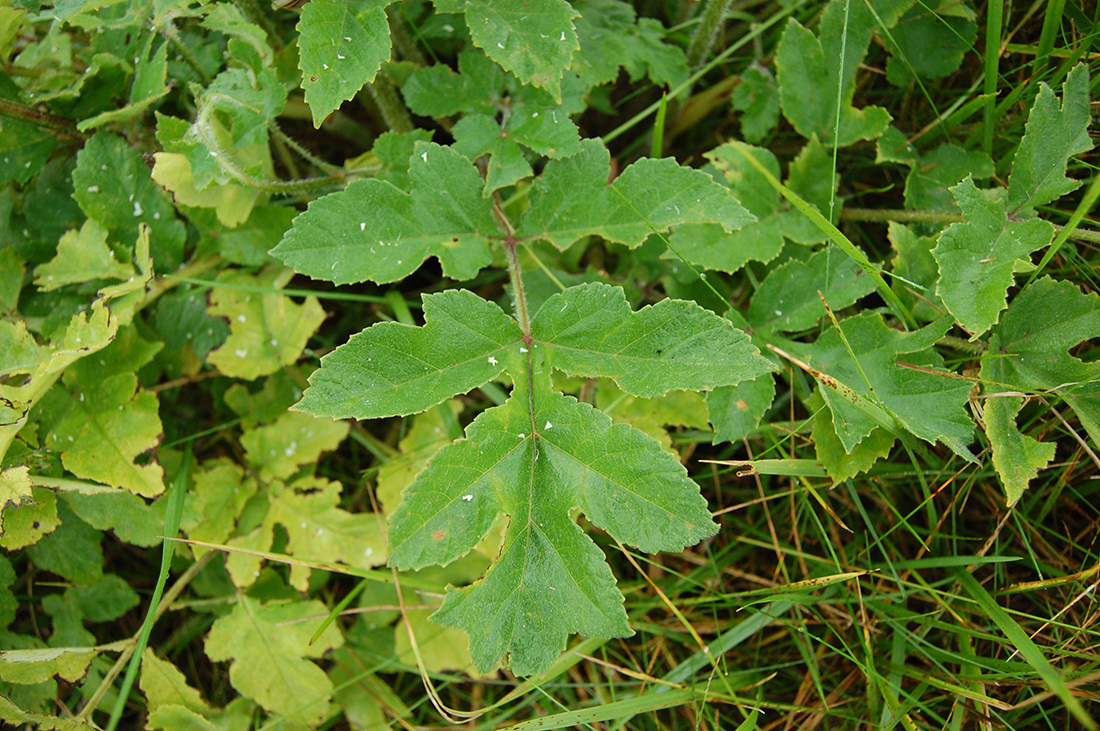
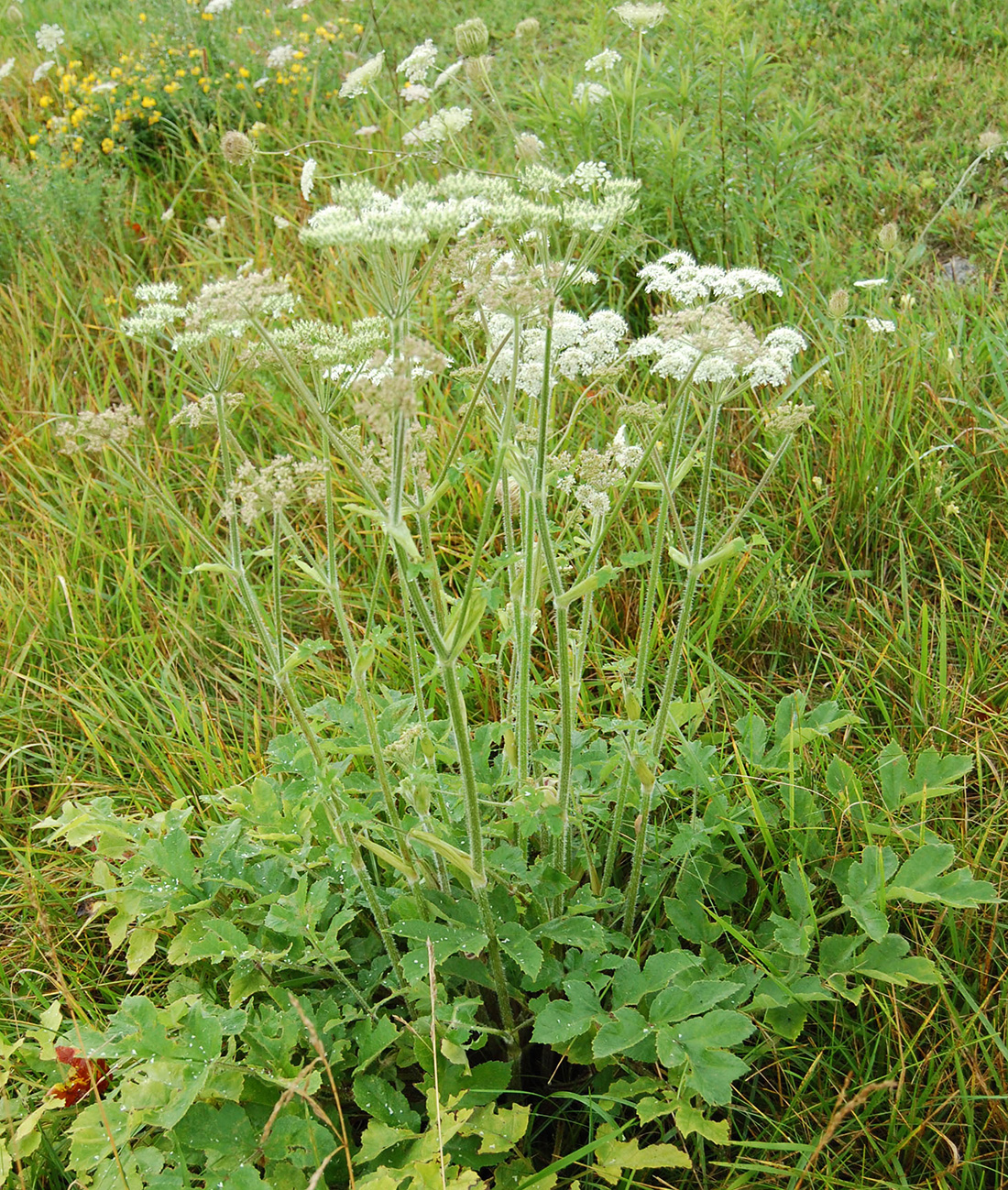
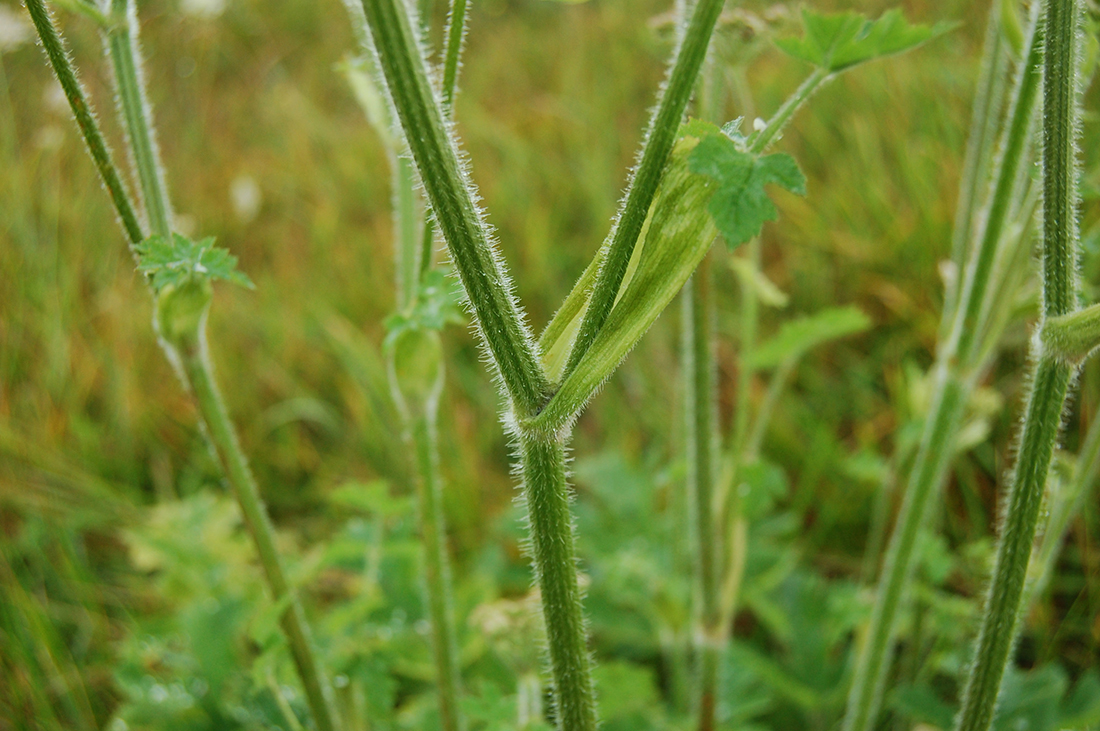
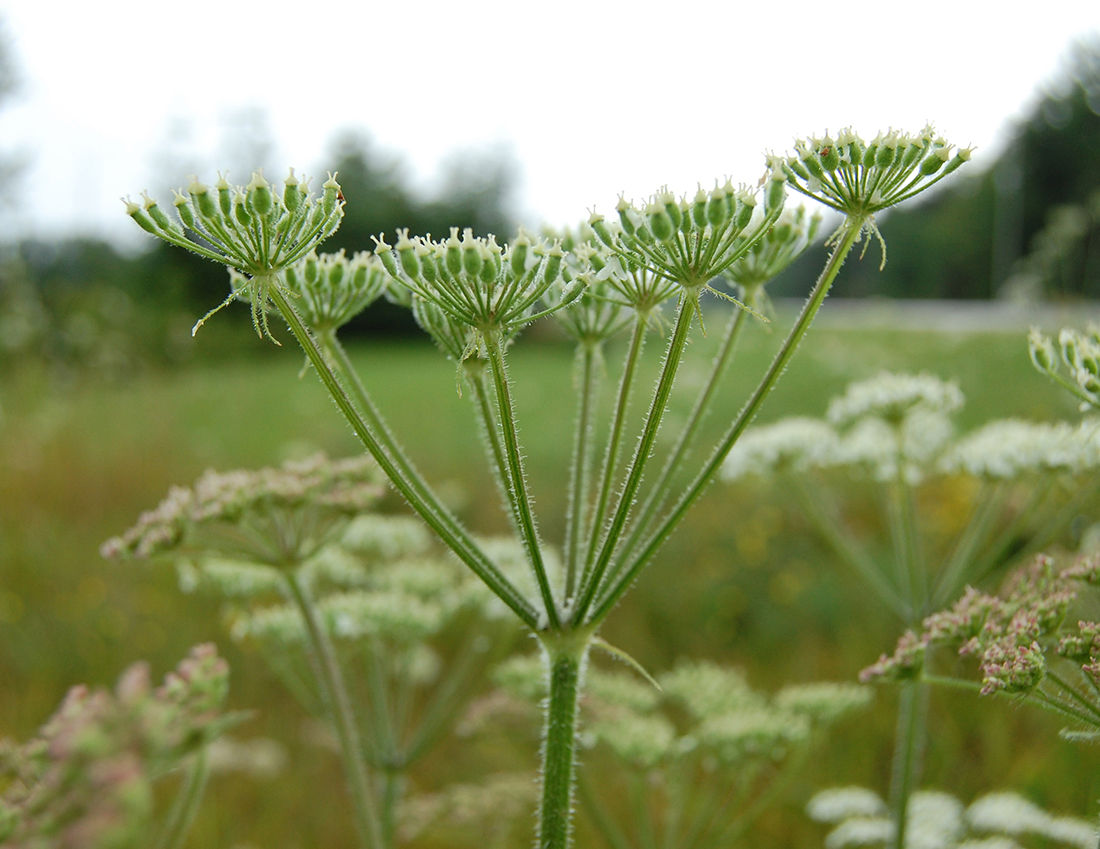
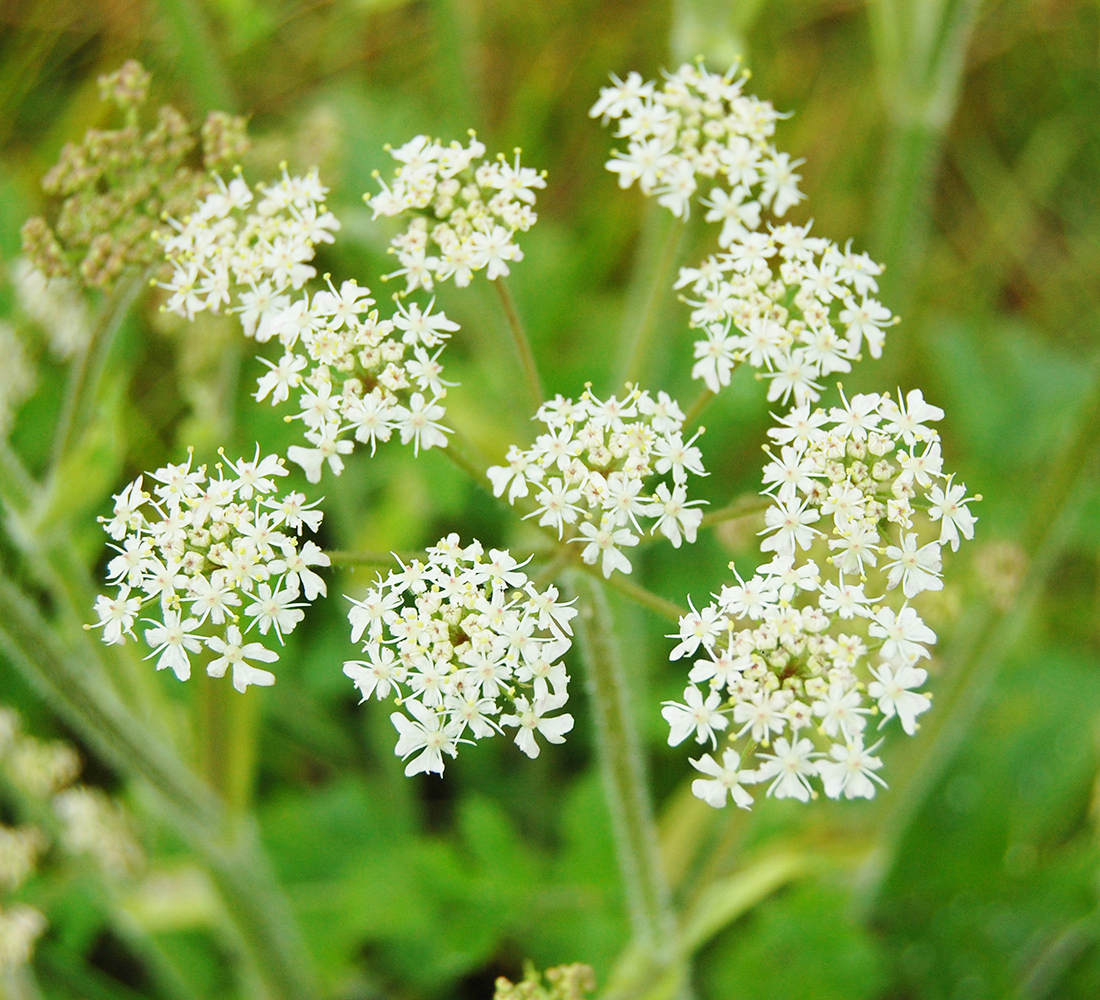
Updated: August 14, 2023
Published: January 13, 2023